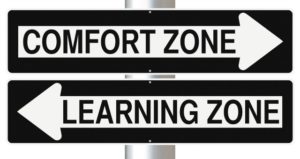
Study Strategies for Before, During, and After Class
For 10 years, I’ve been teaching study skills to college students, both individually and in the classroom. The vantage from my office offers me a clear view of students devouring information during tutoring appointments and focusing intently on the strategies shared during study skills counseling sessions. The effort and time they pour into comprehending their course material is irrefutable. However, when I ask students what they know about the lecture’s content before arriving at class, the answer is almost always the same: “Nothing.”









